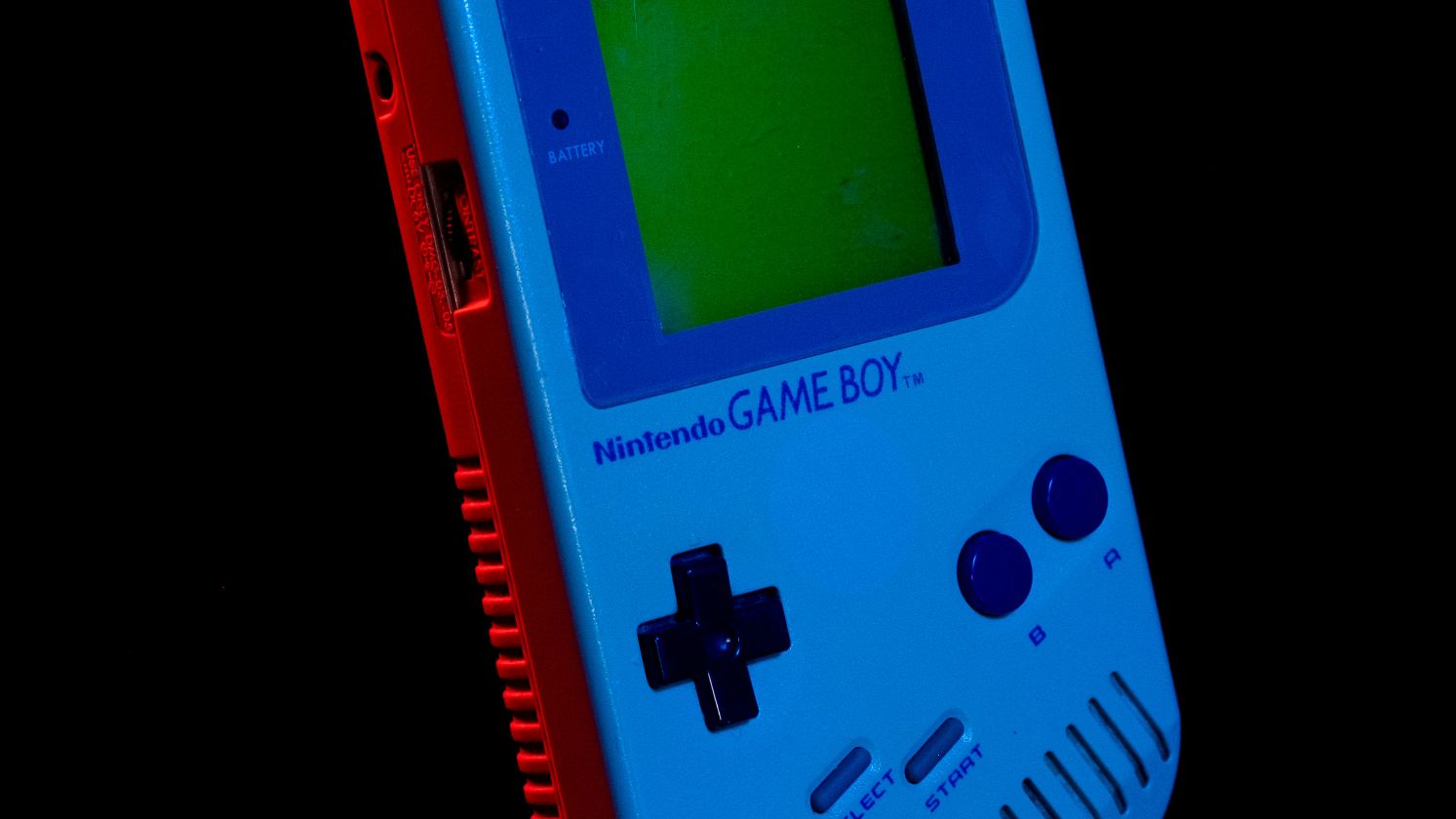 Gabriel Dias Pimenta on Unsplash
Gabriel Dias Pimenta on Unsplash
Custer's Revenge arrived in 1982 for the Atari 2600, and it might be the single most reprehensible piece of software ever sold commercially. The premise was horrifying: you controlled a pixelated General Custer dodging arrows to reach a Native American woman tied to a pole, with the explicit goal of sexual assault. Mystique, the company behind it, marketed this as adult entertainment. What they actually created was an interactive depiction of sexual violence packaged as a video game and sold in stores. The game sparked protests, death threats, lawsuits, and even helped accelerate the video game industry crash of 1983.
It Wasn't Even Technically Pornographic
Mystique branded itself as producing "adult" games, riding the edge of what the early home console market would tolerate. Custer's Revenge was marketed alongside titles like Beat 'Em & Eat 'Em and Bachelor Party—crude, sexual games carried out in hyper-pixelated crudeness.
As the controversy made national news, women's groups immediately organized protests. Stores pulled the game from shelves after pressure campaigns. Yet Mystique had already made their money, selling around 80,000 copies at $49.95 each, amounting to nearly $4 million in revenue.
The Developers Knew Exactly What They Were Doing
Joel Miller and his team at Mystique weren't naive programmers stumbling into controversy. They explicitly designed the game to provoke outrage, calculating that scandal would drive sales more effectively than quality. As a result, the marketing materials leaned into the offensiveness.
Internal documents later revealed that the developers anticipated backlash and saw it as free advertising. Every protest, every news segment, every angry editorial drove more curious buyers to seek out the forbidden cartridge.
The game's code was intentionally designed to be addictive in the worst way, allowing players to win quickly, encouraging repeated plays. The developers understood behavioral psychology well enough to engineer compulsion loops into their depraved game.
Native American Groups Demanded Action
The National Organization for Women protested the game's misogyny, yet Native American advocacy groups focused on an equally disturbing dimension: the game explicitly sexualized violence against Indigenous women, perpetuating centuries-old racist tropes about Native peoples as sexual objects for white conquest.
Organizations like the American Indian Community House in New York led protests demanding retailers stop selling the game. They pointed out that Native American women face sexual violence at rates higher than any other demographic in the United States, making the game not just offensive but actively harmful in normalizing gendered and racialized violence.
Mystique's response was dismissive, and they refused to acknowledge any responsibility for the cultural impact of their product, hiding behind claims of artistic expression and market demand.
It Accelerated Industry Regulation
Before Custer's Revenge, video games existed in a regulatory vacuum. They were seen as children's toys rather than media requiring content oversight. As a result, the Atari 2600 had no content rating system. This game exposed that shortcoming catastrophically.
The controversy contributed to the broader video game crash of 1983, when consumer confidence in gaming plummeted. Stores were flooded with poor-quality games, including offensive shovelware like Mystique's catalog, which caused parents to cease buying consoles and nearly collapsing the industry.
Nintendo learned from this disaster. When they revived the American gaming market in 1985, they implemented strict content controls, requiring all games for the NES to receive Nintendo's approval. This eventually evolved into the ESRB rating system in 1994, created partly because legislators threatened government regulation after games like Mortal Kombat and Night Trap sparked similar controversies.
The Game's Legacy Is Complicated
Custer's Revenge is frequently cited in discussions about video game ethics, content regulation, and the medium's cultural responsibilities. It's the reductio ad absurdum of the "just a game" defense, proving that games can cause real harm by normalizing violence and reinforcing oppressive ideologies.
Academic researchers studying game history struggle with how to address it in light of how historically significant yet morally indefensible it is. Preserving it for historical study feels uncomfortable, yet erasing it entirely means losing evidence of a critical moment in gaming's maturation.
Mystique eventually dissolved and the developers moved on to other ventures, occasionally giving interviews where they expressed varying degrees of regret. The game itself has become a collector's item, commanding prices driven by notoriety rather than any artistic merit. People own it as a curiosity, a relic of gaming's unregulated past, something simultaneously important and shameful to preserve.









